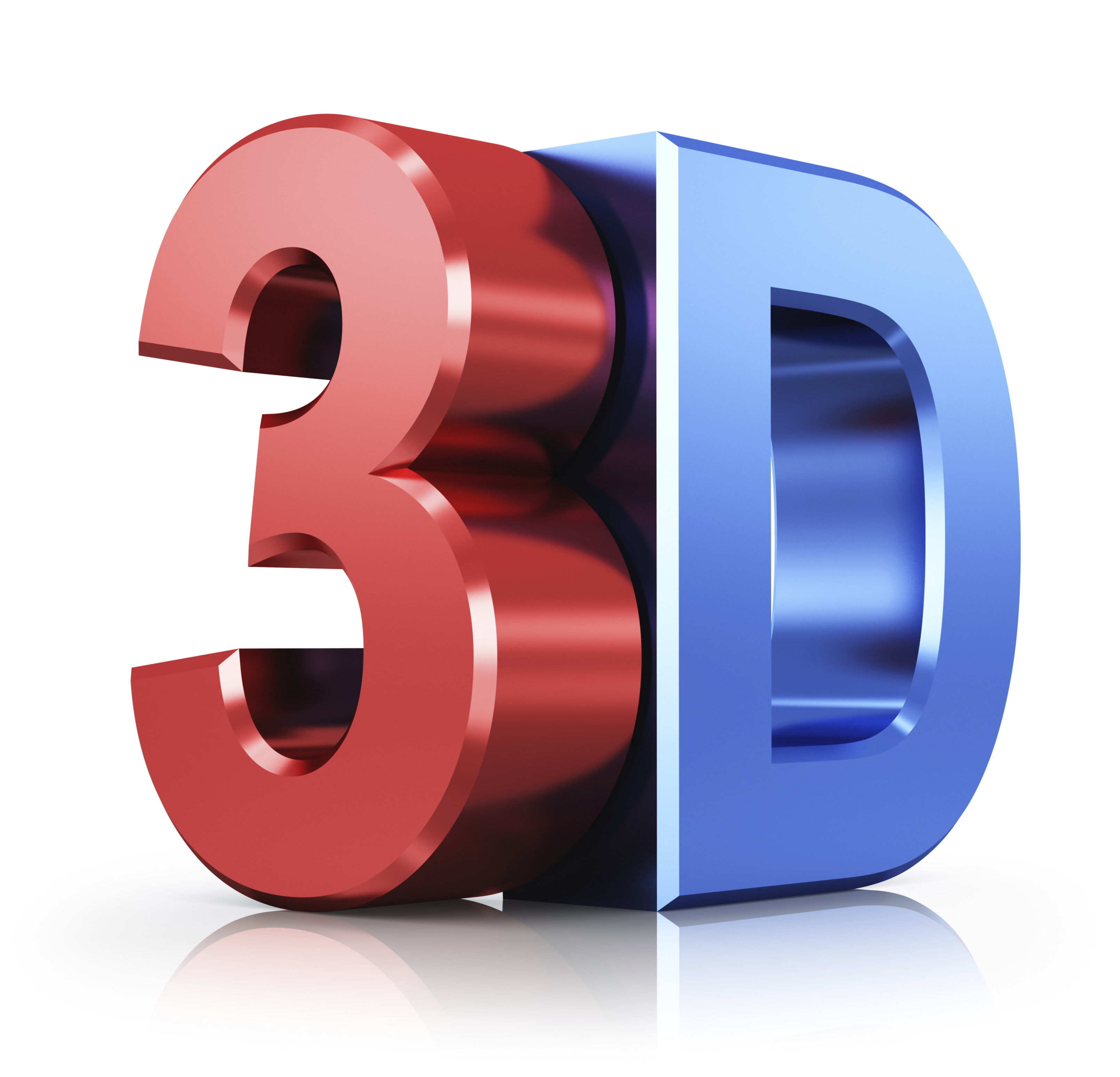By Chris Elsworthy
From fashion to medicine, 3D printing has made impactful advances in 2014, in fact, according to a recent report from Wohlers Associates, revenues in the 3D printing industry grew 21% from last year. For those not entirely familiar with the technology, 3D printing is the process of creating a three-dimensional, solid object from a digital file (a 3D printer is controlled by software) by building it layer by successive layer, until the entire object is complete.
Despite new research from Gartner claiming that 3D printing is still a few years away from mainstream consumer adoption, business and medical applications have been found to have more compelling use cases in the short term. In other words, small businesses (i.e. design business, architects) are in the best position to immediately utilize 3D printers in the short term due to their affordability, convenience, and creative nature.
Affordability
As the cost of 3D printers has come down, and more affordable printers continue to hit the market, they are becoming financially appealing for small business use. With the technology advancing every day, investing in a 3D printer has become more attractive for entrepreneurs, specifically for those specializing in manufacturing as it enables a cost-effective approach that is faster than outsourcing manufacturing. 3D printing technology can drive considerable cost savings, giving small businesses the power to customize and modify products and meet demand (for business producing products rather than services).
Convenience
As more 3D printers enter offices of companies both big and small, the technology gives entrepreneurs the ability to not only create prototypes and new designs, but also the ability to create them at their own convenience. Trying to run a business is time consuming, so 3D printing gives small business owners the power of accessibility – power over when they design a prototype and when they print it. The potential in 3D printing for businesses is enormous, bringing the manufacturing and production process literally into the hands of small business owners.
Creative-Nature
Companies have started using 3D printers for manufacturing, printing everything from prototypes and models, to actual end-user products. Rather than outsourcing ideas, waiting for a spec to be manufactured elsewhere, 3D printers shorten the production cycle. The technology gives small business owners – from jewelry makers to medical engineers – the ability to create prototypes and produce replacement parts in a short timeframe, controlling the entire process. With 3D printers, small business owners can create their own products at the office, changing the way they are designed and produced.
Chris Elsworthy is the CEO and CEL of Robox.







